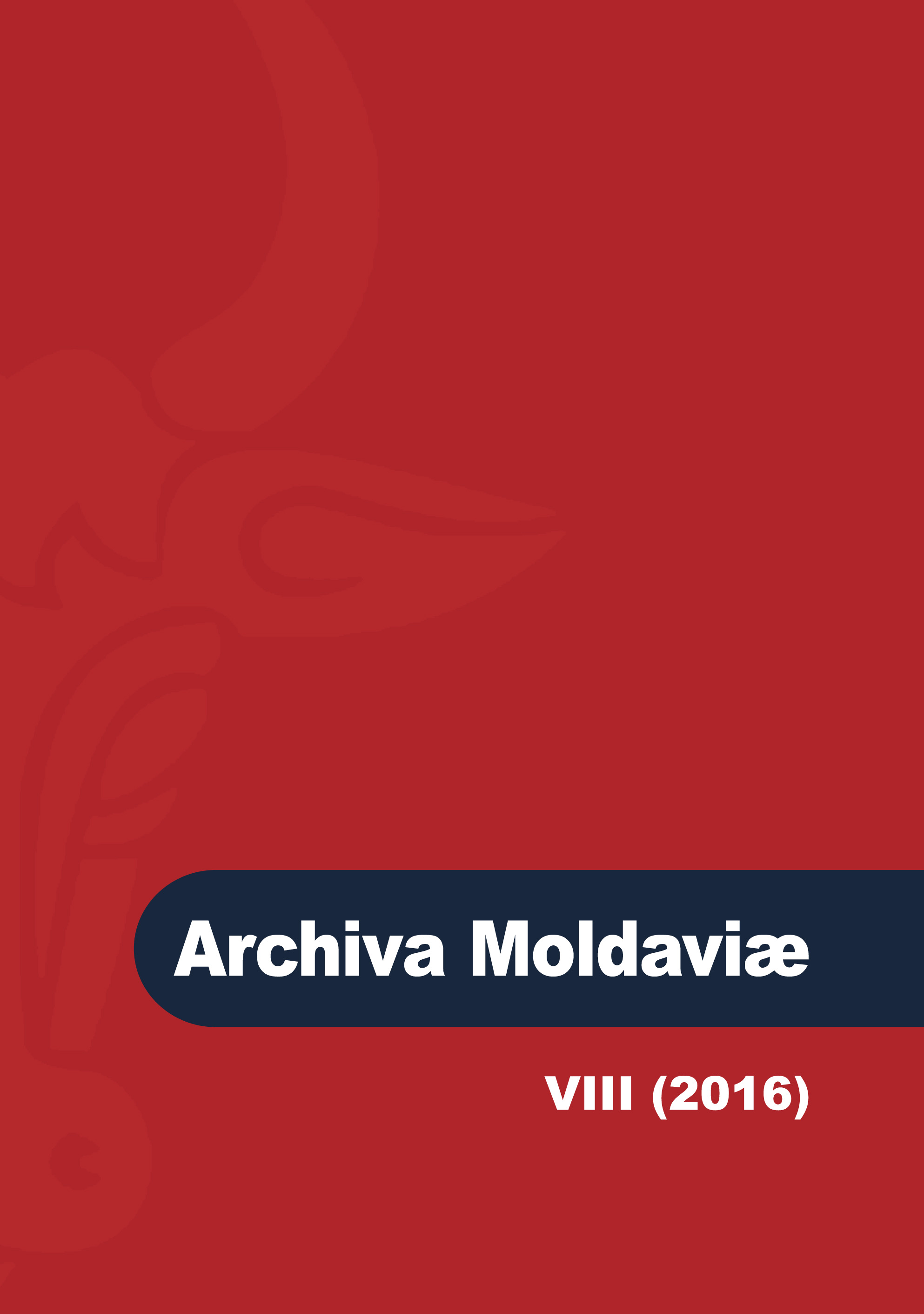Încercări de sovietizare a arheologiei românești (sfârșitul anilor ’40 – mijlocul anilor ’50 ai secolului al XX-lea)
Attempts of the Sovietization of the Romanian Archaeology (from the late 1940s to the mid-1950s)
Author(s): Iurie StamatiSubject(s): Cultural history, Post-War period (1950 - 1989)
Published by: Societatea de Studii Istorice din România
Keywords: Romanian archaeology; Sovietization; new doctrine of language; “Japhetic” theory; “stage” theory; Marxism; Slavic question.
Summary/Abstract: This article addresses two aspects of the Sovietization of Romanian archaeology: the first aspect is the impact of the “Japhetic” theory – put forth by the Soviet linguist Nikolai Marr – on this academic discipline; the second one examines the advent of the Slavic question as a new priority in Romanian archaeological research. Chronologically, this analysis begins with 1948 when the new pro-Soviet regime, shortly after being established, starts to be interested in the ideological potential of archaeology, and stops mid-1950s, when the entire Romanian historiography, including archaeology, gradually begins to return to the tradition of the “capitalist” period, heavily influenced by nationalist discourse. Regarding the “Japhetic” theory, it was found that despite the efforts of ideologues of the new regime, this theory had virtually no impact on Romanian archaeology – and this is being explained by a tacit resistance of archaeologists who were trained in the “capitalist” era, in an anti-Soviet environment. Additionally, this study admits the idea that Romanian archaeologists also did not have enough time to apply this theory, because in 1950 it was criticized by Stalin himself. As for the Slavic question, this paper notes that in the research plans of archaeologists it had a strong utilitarian connotation. Identification of Slavic material traces in the Romanian People's Republic had to justify geopolitical orientation of the country, at the same time it was symbolizing loyalty to its large eastern neighbour. However, like in the case of the “Japhetic” theory application, this study points out the presence of a strong reluctance by Romanian archaeologists in the study of this question, reluctance that can be explained by the same anti-Soviet and even anti-Russian attitude of the Romanian archaeologists. On the other hand, we acknowledged that inside the archaeological community, propagandist Mihail Roller, the one who determined the main objectives of Romanian archaeology during this period, was perceived as an intruder, a fact that could also explain Romanian archaeologists’ reluctance concerning the research of the Slavic question.
Journal: Archiva Moldaviae
- Issue Year: VIII/2016
- Issue No: 8
- Page Range: 195-213
- Page Count: 19
- Language: Romanian

